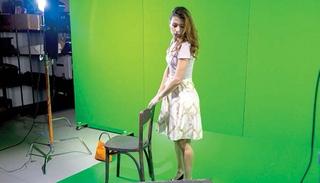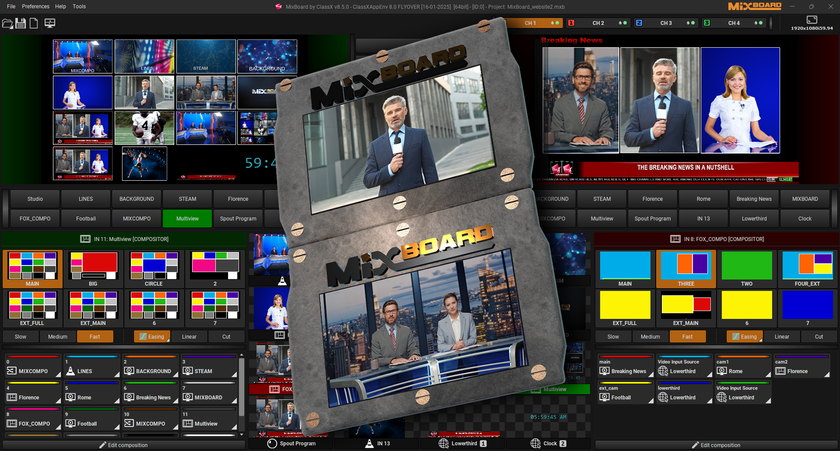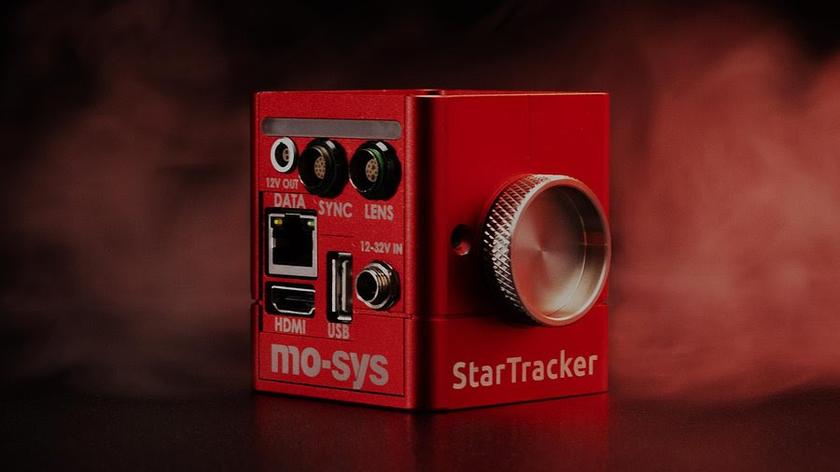Moving Up to Cinema Series Lenses
NEW YORK—In my opinion, the two most important elements in the capturing of a digital image are the sensor and the lens. The glass out in front allows the light rays to fall on the sensor. It seems so logical— the better your lens, the higher quality your image.
Having shot images for 35 years, I have always tried to use the best lenses available. This has been even more critical now that we are shooting in higher resolutions, 4K and beyond. When the industry moved from standard definition to HD, the most important aspect seemed to be “check your focus.” As resolutions increase, so does the need to keep things in crystal clarity. With 4K being approximately twice as sharp as HD, that need becomes even more evident.
As our industry moves into 4K technology with gear from the likes of Blackmagic Design, Canon, and RED, do our lenses need to move beyond what we have been using with HD? Our Canon, Zeiss, and Fujinon lens are fast, versatile, and sharp, but can these same lenses truly bring out all of the detail in the 4K–6K image?

Bulgarian actress Gabriela Kostadinova works against a green screen in the DeSales University TV studio. The background will be a dusty attic, added in post.ARE THEY WORTH THE EXPENSE?
To test this theory, I recently tried four Cinema Series lenses using three 4K cameras (Canon EOS C500, Blackmagic Cinema, and AJA CION). There are several manufacturers (Canon, Zeiss, Schneider, Leica, etc.) available and our cameras came with two choices of lens mounts: EF or PL. The AJA CION has a PL mount and our other cameras were all EF.
The first three Cinema Series lens were all Canon Primes: CN-E 24mm, 50mm, and 85mm T1.5 EF mount lenses. These were just the lenses I used and are indicative of what other manufacturers offer. Some of the selling points for me were that all three lenses were the same front diameter, lens cap size, optical design, and filter size. The second element was the “T” stop, which was very fast. A T-stop measures the true amount of illumination falling on the sensor. These lenses had a 1.5 T-stop that needed to be adjusted manually, giving the shooter more control over the aperture. Most lenses do not allow you to manually adjust the aperture and with cameras like the CION, manual lenses must be used unless you purchase an optional device. The 11-blade diaphragm is stepless and allows greater control of precise settings.
One of the features I truly appreciate is the 300-degree rotation of the focus. Lenses usually allow you to make adjustments on the focus ring but even when infinity is reached, the barrel keeps turning. Cinema lenses stop at infinity and focus as close as one foot (with the 24mm, the other lenses need to be slightly farther away). The distance markings on the lens also allow a focus puller the option of seeing the distance measurement for more accurate focus points.
Lastly, the old adage that prime lenses are sharper because of fewer elements is still true, but I doubt the human eye could see those nuances. Cinema lenses are not cheap, usually costing in the five thousand dollar range or above. But does it make the image any better?
BEYOND SENSOR CAPABILITIES
Shooting consistently with the three primes in 4K, I believe the image looked incredible; it seemed as if I got a slightly sharper image because of the lens. The habit of magnifying the image, opening the T-stop, focusing on the talent’s eyes, measuring the distance to ensure the lens’s accuracy, and being able to follow focus more precisely were all positive factors for the lens. With each of the three primes, the follow focus attachment did not have to be adjusted for each lens (one setting works for all three), saving time in the process.

Dianna’s Cortorreal, a freshman enrolled in TV/Film studies at DeSales University, uses the Canon EOS 300 with a Canon Cinema Series 85mm Prime T1.5 lens to shoot a 1963 Studebaker Avanti. Switching to a PL mount, I mounted the Canon CN-E 14.5mm–60mm T2.6 zoom to my camera. The zoom obviously offers greater control without changing lenses, but it comes at a price—more than $40,000. The images still looked stellar, but I had a much heavier, wider and not as telephoto lens.
So the question still stands: are Cinema Series lens better and worth the investment? From a shooter’s point of view, I would say the answer is yes. You will not notice a night and day difference in the image quality, but my middle-aged eyes do see a slight difference.
The more important factor to me is how we get that image. The user has more control of the aperture allowing him or her to open the lens to permit more light onto the sensor. Having footage markings on the lens barrel and a precise start and stop makes focusing easier for the operator and focus puller. Probably the most critical feature of a Cinema Series lens is that you want the crisp, sharp focus at all times when rolling the focus. With professionals working on the camera crew, ask any assistant camera person why he or she prefers a Cinema lens. The answer would consistently be that precise lens markings make their job that much easier.
With focus being even more critical in the 4K realm, who doesn’t want the sharpest image to pull out all the detail from the sensor? You will still get great detail because of the sensor, but getting to that end result is much easier with a Cinema lens.
Try renting one for a shoot and see if it is an improvement over your other lenses. I am sure you’ll see the light.
Chuck Gloman is an Associate Professor and Chair of the TV/Film Department at DeSales University. He may be reachedchuck.gloman@desales.edu.
Get the TV Tech Newsletter
The professional video industry's #1 source for news, trends and product and tech information. Sign up below.
Chuck Gloman is Associate Professor with the TV/Film Department at DeSales University.













